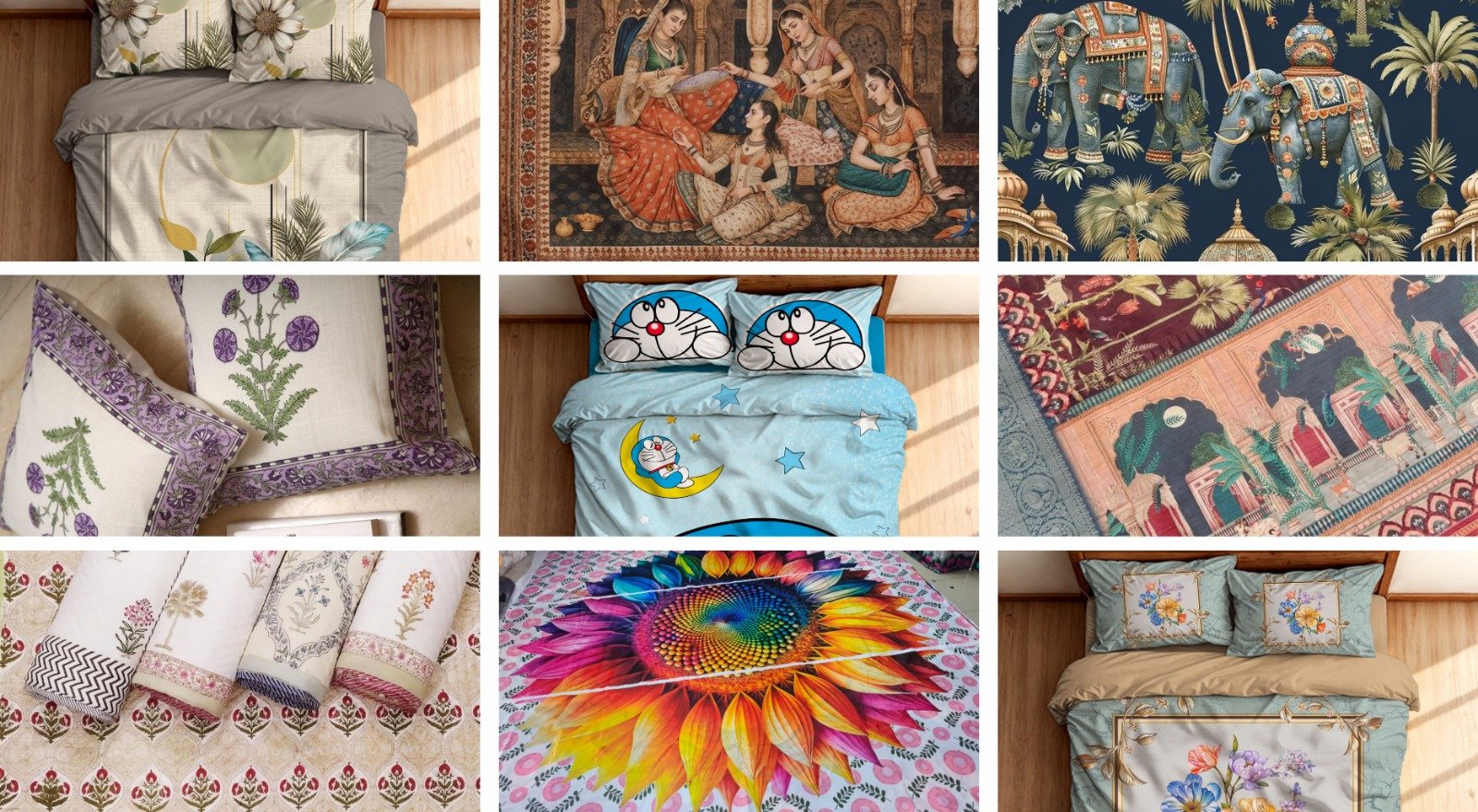Sublimation Paper

Apparels: Lycra materials, Cycling, Polyamide, swim and surface wear, 100% polyester (stretch), Running, Ice hockey wear, sports and functional textiles.
Home Usages : Curtains, Blinds, Cushions, Table covers, Towel cleaners, etc.
Advertisement : Flags, Banners, Felts, Gaming tables, Home textiles.
Sublimation paper is applicable to sublimation transfer, on which you can print images with mirror reversal through inkjet printing, flat printing, screen printing, and gravure printing. Then transfer the image onto media by heat and pressure, which converts ink on the paper into a gaseous state which combines with the media.
Heat transfer paper is applicable to heat transfer, on which images can be printed through flat printing or gravure printing, and then combined with media by heating and pressuring in order to transfer the image onto media.
Sublimation paper is a specialty printing paper that absorbs and holds ink. When placed on a blank surface and heated, the sublimation paper releases the ink onto the material. This process allows you to indirectly print on all different materials and products.
Sublimation is quick and easy to produce, allowing for same day or same hour printing, as well as on demand printing that reduces risk and wastage.
Thousands of colors can be produced with sublimation and it doesn’t cost extra to add additional colors to your design.
Digital Printed Fabric

The most exciting upside when it comes to Printed fabrics is purely the freedom you have with your designs, which is not always offered by other methods.The longevity of the design is a plus point, with a design that won’t crack, peel, or fade. Even after going through the washing machine countless times, your garment will never be demoted to the back of your wardrobe!
Basically, the artwork is printed onto paper first, then transferred onto fabric using a heat process. In more technical terms, a sublimation printer is a computer printer which employs a printing process that uses heat transfer dye onto medium materials such as a plastic card, paper, or fabric. The sublimation name is applied because the dye transitions between the solid and gas states without going through a liquid stage.
The process of printing on fabric is a bit complicated. First, a design is printed onto special paper. The inks that are used turn into gas when brought under heat, then combine with the fabric and are permanently printed onto the fabric. The effects are permanent and less prone to fading, as the ink is embedded in the fabric or substrate rather than simply lying on top like normal print.
In more technical terms, a sublimation printer is a computer printer which employs a printing process that uses heat to transfer dye onto materials such as a plastic card, paper, or fabric. The sublimation name is applied because the dye transitions between the solid and gas states without going through a liquid state.
Fashion & Textile
Tirupati International provides the specifications and test methods for textiles and fabrics/cloths. The textiles covered by these standards are commonly formed by weaving, knitting, or spinning, and for fabrics or clothes digital printing can be done on Polyester, Cotton, Viscose, Silk, Modal, Lycra, Rayon, and Linen fabrics.
The fashion and textiles discipline is highly diverse. In today’s rapidly changing environment this discipline is becoming ever more intertwined. Fashion and textiles provide scholars and industry experts with a platform to showcase the latest progress in this exciting and ever-developing field. Continuous changes are needed as fashion is ever-changing to suit the style needs of customers.

